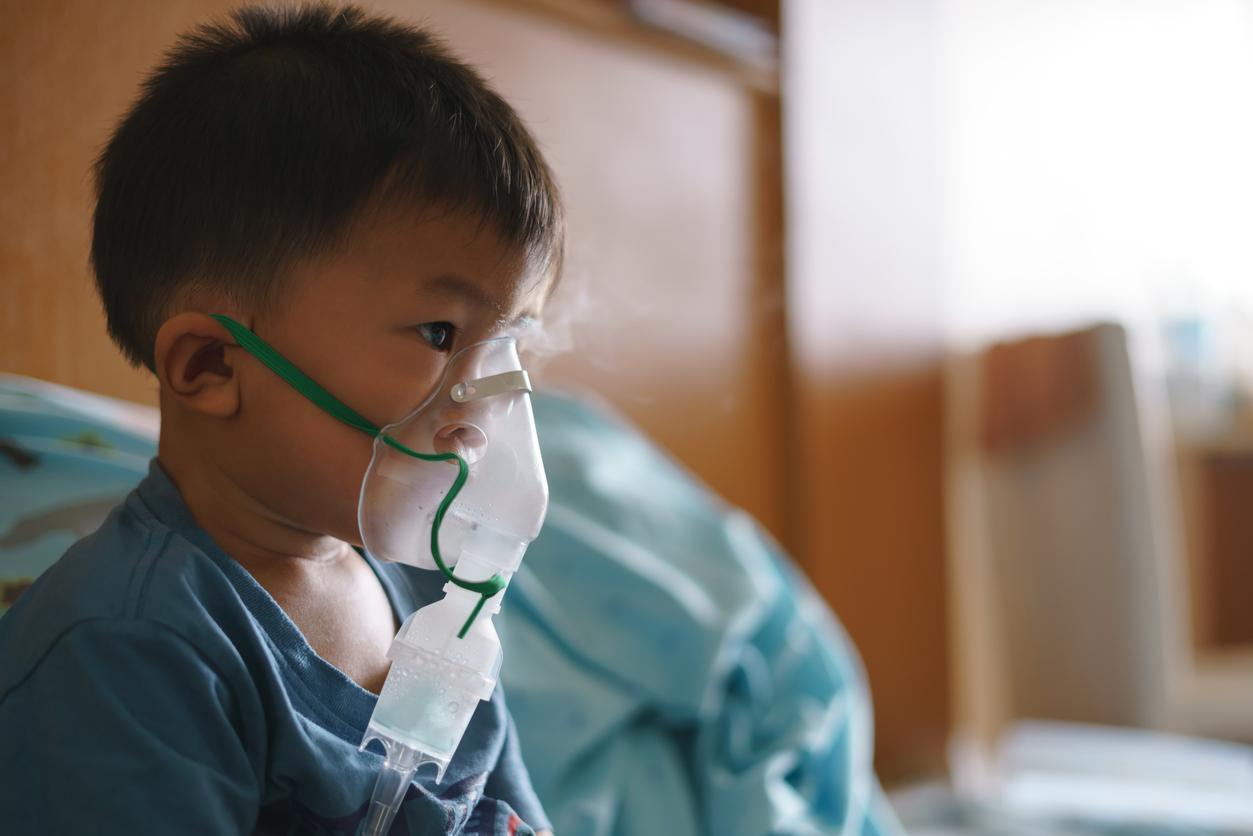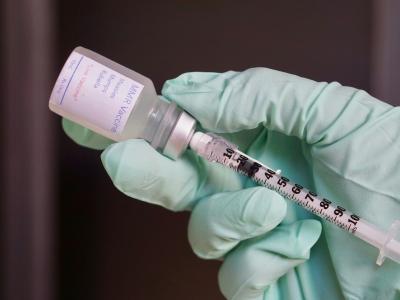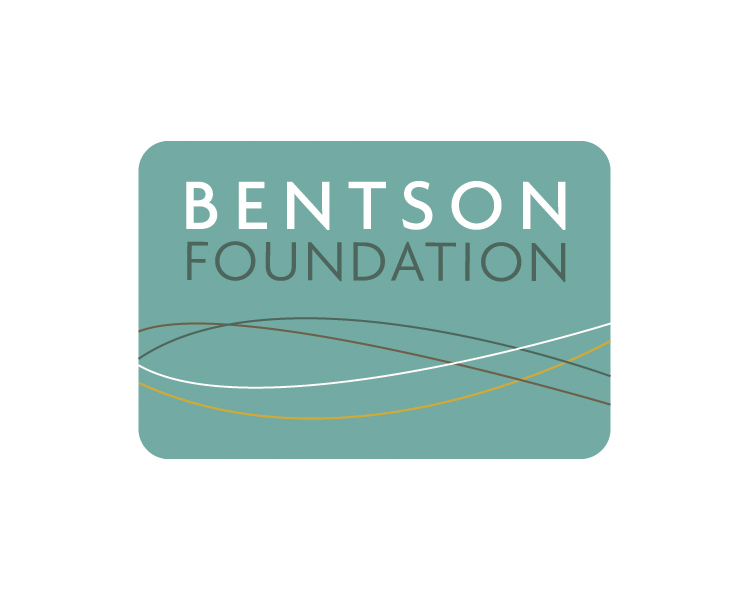Pediatric hospitals across the United States saw a surge in respiratory syncytial virus (RSV) in the summer of 2021 and in the fall and winter of 2022, which many clinicians considered to be a rebound from lifting 2 years of pandemic restrictions and possibly a suppression of immune responses following SARS-CoV-2 infections.
Now, a new study published yesterday in Pediatrics used data from 27 US health systems to analyze how and if children under the age of 5 were more susceptible to RSV within 15 to 180 days of a COVID-19 illness.
The authors compared the rates of RSV following COVID-19 infection to those seen in children following influenza infections, and found COVID-19 did not, contrary to their hypothesis, produce a suppressed immune system more at-risk of RSV infection, and children who had influenza were more at risk for next contracting RSV.
The study included electronic health records forming two cohorts; first from March 1, 2022, to July 1, 2022, for the primary cohort (evaluating the RSV outcome), and June 1, 2021, to January 1, 2023, for the secondary cohort (evaluating respiratory or any infection outcomes).
The primary cohort (to assess the RSV outcome) was comprised of 18,767 children with SARS-CoV-2 infection, 6,697 with influenza infection, and 46,696 with another acute respiratory tract infection. In the secondary cohort, the authors included 114 ,414 children with SARS-CoV-2 infection and 30,424 children with flu.
Most (39.8%) children were non-Hispanic White, 32.1% were ages 1 year and older, and 53.7% were male.
“There was a higher proportion of Hispanic, Black, and older children with influenza compared with those with SARS-CoV-2 infection,” they wrote. “Health care use was higher for children with COVID-19 compared with influenza and respiratory illness groups.”
Odds of RSV higher in kids with recent influenza infections
The odds of RSV infection in the 6 months following infection were lower in the SARS-CoV-2 group compared to the influenza group (adjusted odds ratio [aOR] 0.73; 95% confidence interval [CI], 0.61 to 0.86) and compared to the group with any respiratory tract infection (aOR 0.78; 95% CI 0.7 to 0.87).
The odds of a respiratory tract infection and any infection were lower in the SARS-CoV-2 group than the influenza group (aOR 0.62; 95% CI 0.59 to 0.64 and aOR 0.67; 95% CI 0.65 to 0.7, respectively).
While accounting for seasonal respiratory viral patterns, we did not find a higher risk of subsequent RSV, respiratory tract infection, or any infection among children with SARS-CoV-2 infection compared with children seeking care for influenza.
“While accounting for seasonal respiratory viral patterns, we did not find a higher risk of subsequent RSV, respiratory tract infection, or any infection among children with SARS-CoV-2 infection compared with children seeking care for influenza and other respiratory illnesses during the 2022 to 2023 season, corresponding with the RSV surge,” the authors concluded.

















